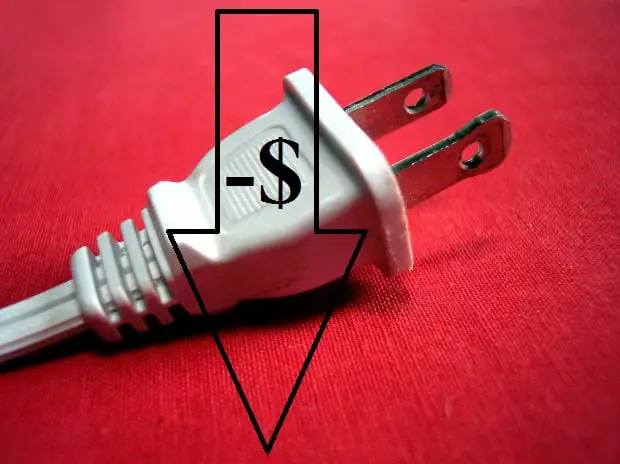
European Energy Exchange sees negative energy prices throughout region
January 2, 2013European Energy Exchange reports on falling energy prices
Europe has been a strong adopter of alternative energy. Several European countries have shown a great deal of support for various forms of alternative energy, backed by the aid of the European Union and, in part, by the United Nations. This intense focus appears to be paying off, according to the European Energy Exchange, the leading energy exchange of Central Europe. The organization notes that Europe’s adoption of alternative energy is helping drive down the cost of electricity.
Energy prices fall with demand while clean energy project picks up the slack
Last week, the European Energy Exchange saw the price of electricity during peak hours drop significantly. This trend persisted from Sunday to Thursday last week and was aided by a relatively modest demand for electricity, which is somewhat uncommon given the time of year. The latter months of the year are typically the coldest for Europe, which often means the demand for energy rises as consumers try to keep warm. Europe’s plethora of alternative energy projects seem to have been meeting this demand, while a strangely warmer winter has also helped lower demand.
Wind energy and low demand create a powerful trend
The European Energy Exchange notes that a combination of wind energy systems and low energy demand is the cause for the trend. In many cases, electricity prices throughout Europe hit the negative range, which means that this electricity was, essentially, free. This is becoming an increasingly common trend in Europe, especially as countries begin to focus more on alternative energy systems.
Negative pricing expected to continue well into 2013
Negative pricing is, in itself, not a major breakthrough in terms of energy. This trend can help lower the cost of electricity across the board, however, and helps add credence to the economic prospects of alternative energy. The European Energy Exchange expects to continue seeing negative pricing throughout the region this week, a trend that will likely carry into the upcoming year.



 With over 15 years of reporting hydrogen news, we are your premier source for the latest updates and insights in hydrogen and renewable energy.
With over 15 years of reporting hydrogen news, we are your premier source for the latest updates and insights in hydrogen and renewable energy.